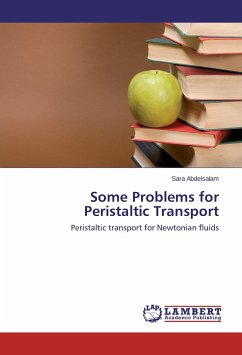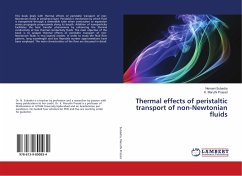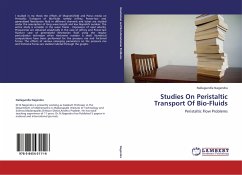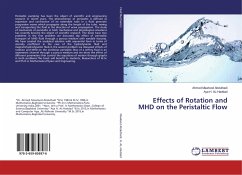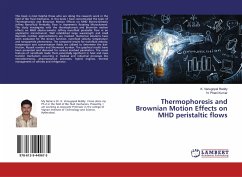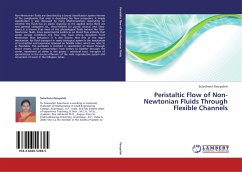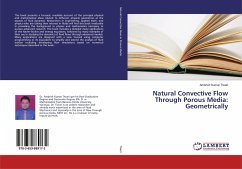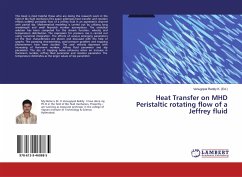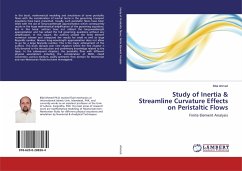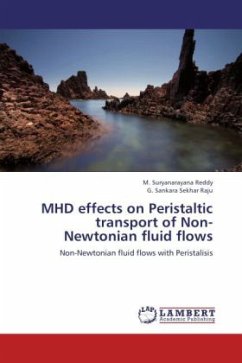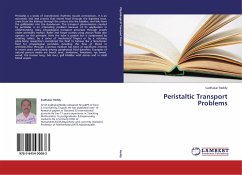
Peristaltic Transport Problems
Versandkostenfrei!
Versandfertig in 6-10 Tagen
32,99 €
inkl. MwSt.

PAYBACK Punkte
16 °P sammeln!
Peristalsis is a series of coordinated, rhythmic muscle contractions. It is an automatic and vital process that moves food through the digestive tract, urine from the kidneys through the ureters into the bladder, and bile from the gallbladder into the duodenum. The transport phenomenon created by peristalsis is an interesting problem because of its application in understanding many physiological transport processes through vessels under peristaltic motion. Roller and finger pumps using viscous fluids also operate on this principle. Here the tube is passive but is compressed by rotating rollers...
Peristalsis is a series of coordinated, rhythmic muscle contractions. It is an automatic and vital process that moves food through the digestive tract, urine from the kidneys through the ureters into the bladder, and bile from the gallbladder into the duodenum. The transport phenomenon created by peristalsis is an interesting problem because of its application in understanding many physiological transport processes through vessels under peristaltic motion. Roller and finger pumps using viscous fluids also operate on this principle. Here the tube is passive but is compressed by rotating rollers, by a series of mechanical fingers or by a notating plate.Many researchers considered the fluid to behave like a Newtonian fluid for physiological peristalsis including the flow of blood in arterioles.Flow through a porous medium has been of significant interest in recent years particularly among geophysical fluid dynamics. Examples of natural porous media are beach sand, sandstone, limestone, rye bread, wood, the human lung, bile duct, gall bladder with stones and in small blood vessels.



